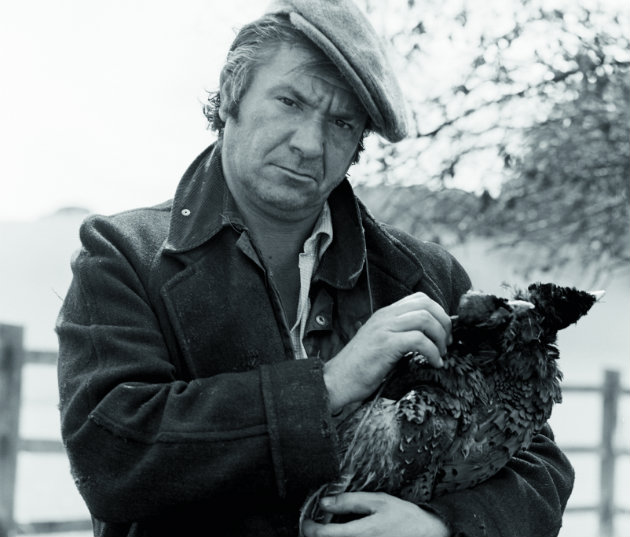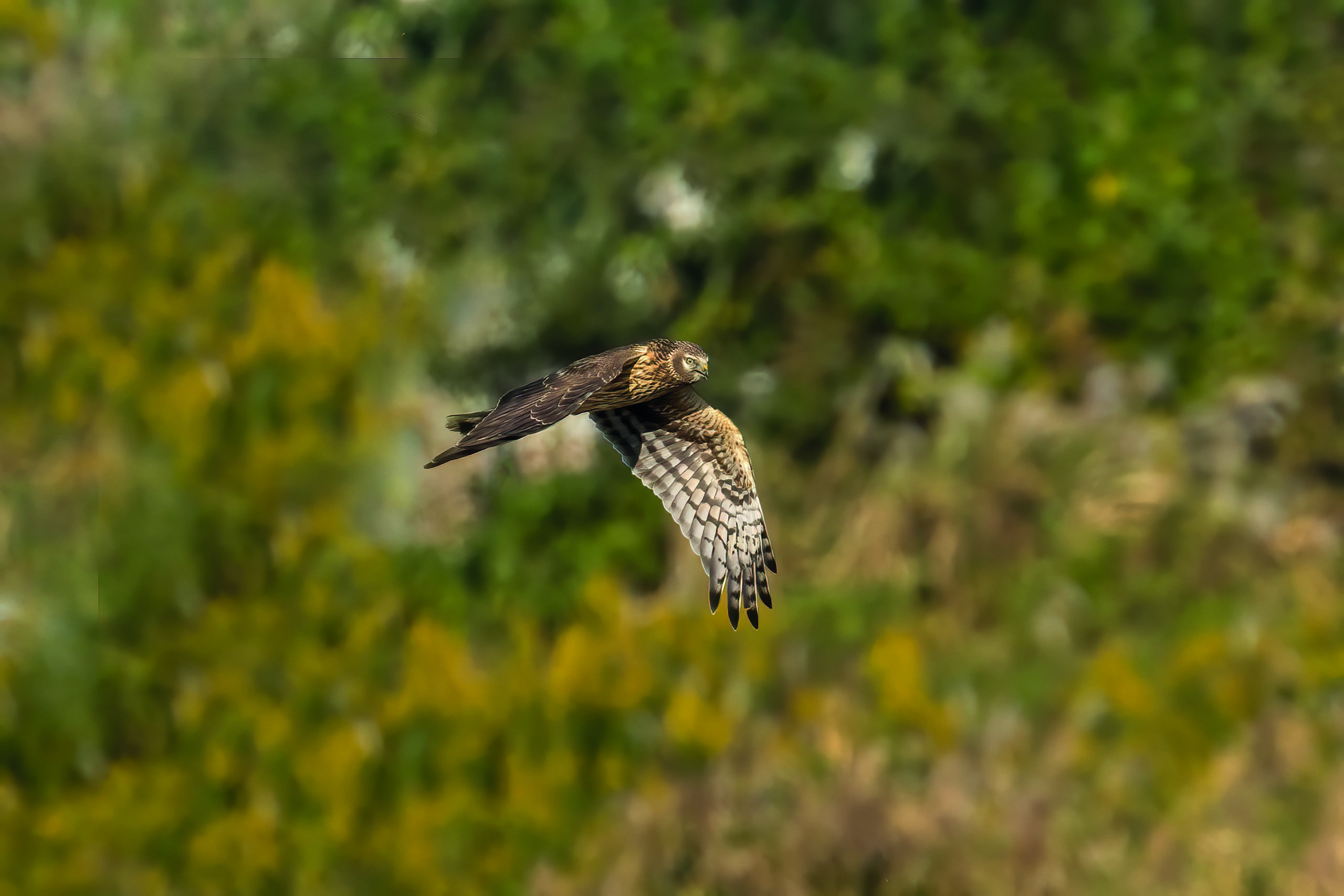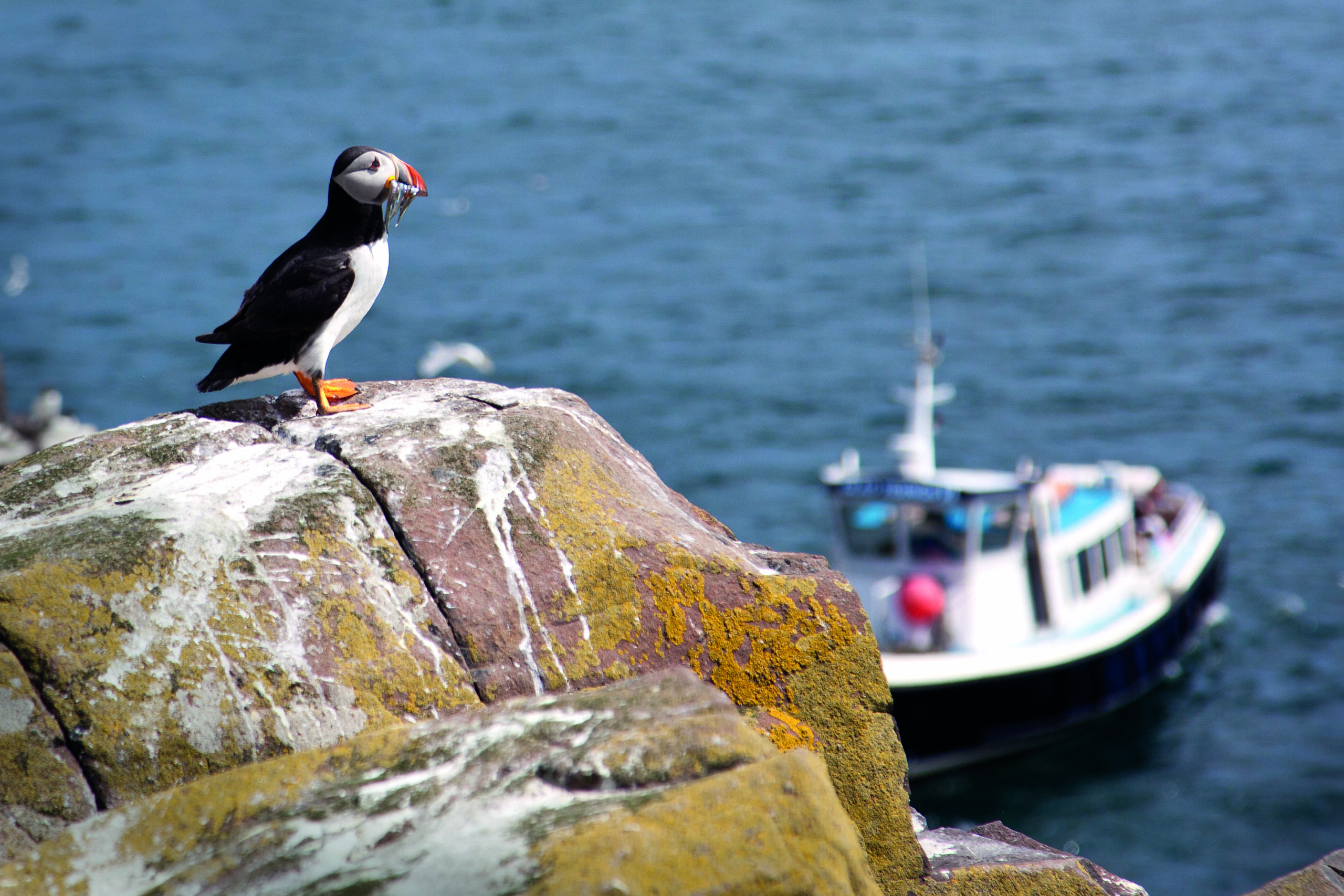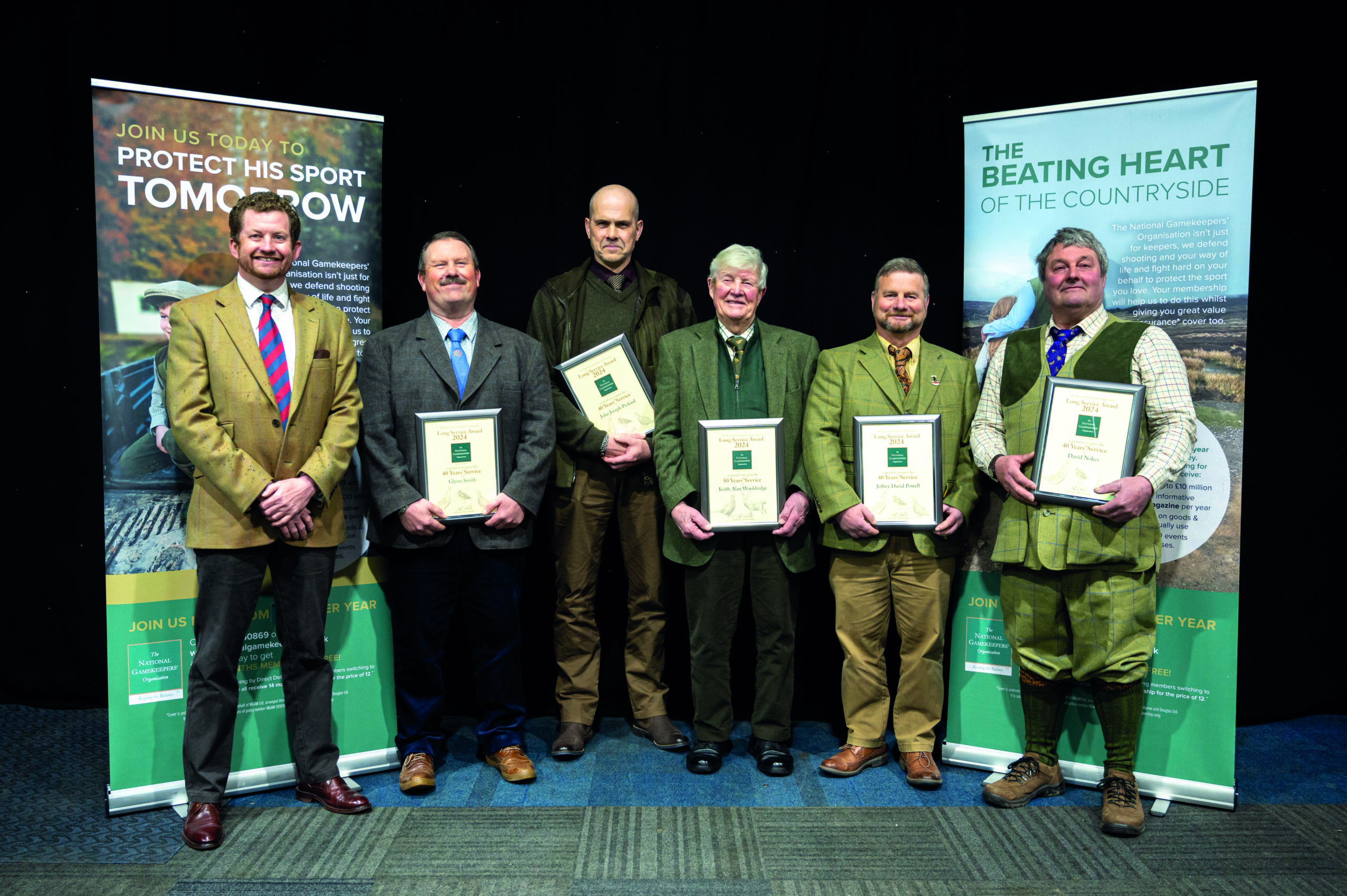Modern poachers are not the affable rogues of old
Today's poaching gangs have plumbed new depths in their depravity against wildlife and domestic stock

The poachers of old (such as Jake from the 1987 film Withnail and I) were roguish but affable characters, compared with today's nastier breed
Thirty-odd years ago, poachers were still poaching game for their own pot, or flogging it at the backdoors of country pubs and hotels, where it would get converted into tasty game, or more accurately, poacher’s pies. There was still an element of “old country romanticism” involved. The culprits were roguish but affable characters, or at least the ones that I knew were. They’d go ferreting, pigeon shooting and beating on local shoots, before heading out at night to steal the keeper’s pheasants. Sure, they were a pain in the backside, tempers would flare, but at least someone ate the delicious fresh meat from their illicit activities.
How it was in the early 1980s
I remember a small shoot that my father used to run on the Isle of Wight in the early 1980s. It was a no-frills, local farmer-dominated affair, and around 300 pheasants were put to cover each summer. As the first shoot day of the season loomed, Dad and his keeper/helper agreed that they were losing pheasants from the main wood at an alarming rate. After some behind-the-scenes detective work, Dad surmised that some mischievous so and so was stealing his birds. At the time, pheasants were fetching £5 a brace so there was good beer money to be had. Other local shoots were grumbling about the same problem.
My father received a late-night tip-off about a pending attack on one of his release pens. The 3L engine on his Reliant Scimitar roared down our driveway and the culprits were caught virtually red- handed. It was a case of keeper-turned-poacher, for it transpired that Dad’s young helper had fallen in with a local family who had a reputation for being masters of the dark art of night-poaching. Blood boiled, harsh words were spoken and Dad sacked his underkeeper, but it wasn’t long before they were on speaking terms again.
The dregs of rural society
Roll on 30 years and how things have changed. In my neck of the woods — South Wiltshire — there are some terrible poaching instances, but there is nothing romantic about what’s going on around here. “Poacher” seems too kind a phrase to describe these scumbags. These are the dregs of rural society. We’ve had to report gangs on the farm where we shoot on several occasions — shady characters coursing hares and roe deer with their lurchers in broad daylight. Our local rural crime prevention team advised us to call 999 if we see them in action. If it’s a case of reporting crimes that have previously occurred, then it’s a 101 call.
Tackling rural crime
Thanks to the sterling efforts of our local branch of the National Gamekeepers’ Organisation (NGO), Wiltshire Police is stepping up its efforts to tackle the problem. But it’s really important that every rural crime and poaching incident is reported. Only then will the scale of the
problem be recognised. Only then will tackling rural crime really get moved up regional police force agendas. It isn’t just illegal coursing that’s rife around here. Gamekeepers are being beaten up; private property is being damaged; farming and gamekeeping equipment is being vandalised or stolen, and truly vile acts are being committed against wildlife and domestic stock.
Professional keeper friends say that one such activity involves placing bets on who can return to an agreed meeting point with the most deer ears. It doesn’t matter how the deer dies. The carcases are left to bloat. I’ve heard reports of crossbows being used, and deer purposely run down with vehicles. It’s obscene.
Along similar lines, pheasant release pens have been targeted this season. I’ve loaned a keeper friend one of my trail cameras to help him try to catch those whom he thinks are stealing his birds. It’s the pheasants’ heads that they’re after this time. Apparently, it’s the lowlife who returns with the most heads that scoops the prize. And you guessed it — they’ve no interest in any of that lovely pheasant meat, which tragically has become rather worthless in recent years.
Coursing with lurchers
In November, we were roughshooting on the farm when a phone call alerted us to a gang marauding across nearby meadows with their dogs. They had been seen “coursing” alpacas with their lurchers. Now, camelids such as alpacas and llamas are known for their ferocity in fending off predators. Some people keep them to deter foxes from attacking their poultry and sheep flocks.
So what were these people up to? Is this yet another one of their warped gambling games, akin to badger-baiting, where the winning dog is that which doesn’t back down?








